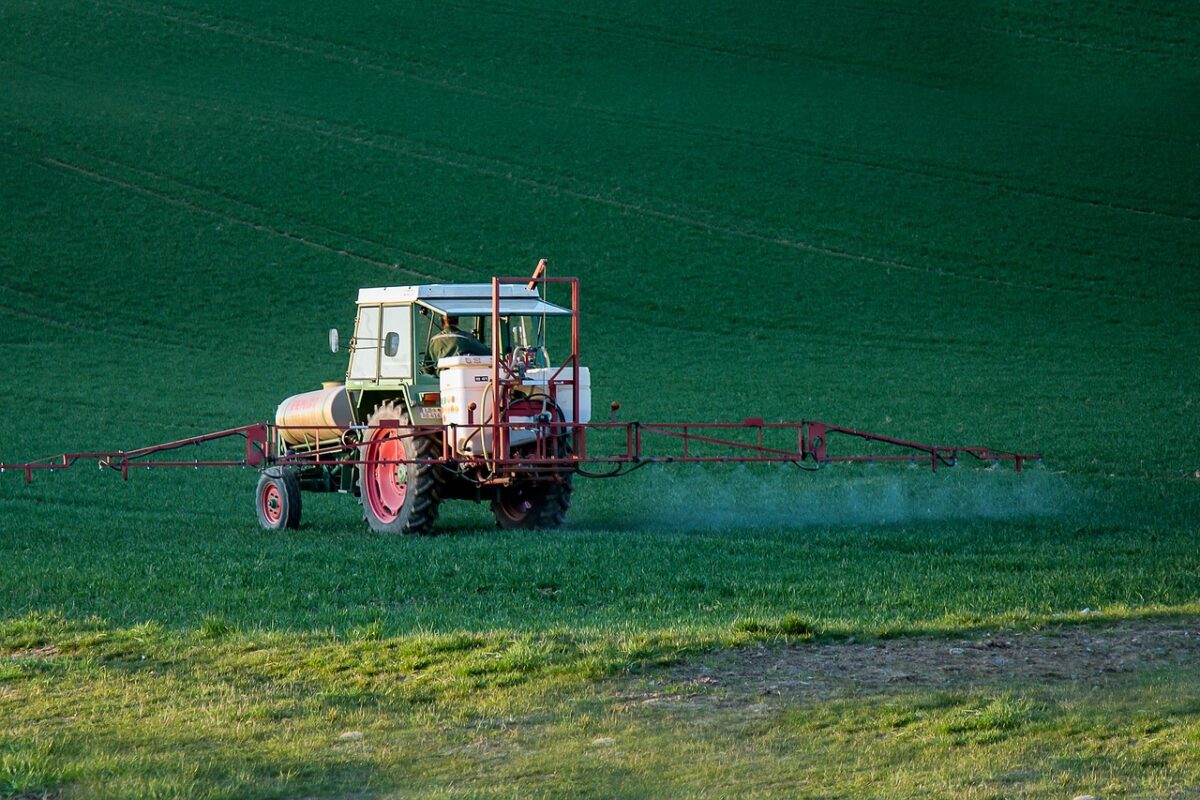Protecting crops against infesting species, viruses, and outbreaks has traditionally been one of agriculture’s most difficult issues. Artificial intelligence (AI) is swiftly rewriting the rules for precise pest and disease management with powerful new tools. Here we discuss how artificial intelligence is transforming pest control, giving farmers improved tools to safeguard their crops effectively and responsibly.
The Challenge of Pest and Disease Control
Pests and diseases pose serious risks to crop health and productivity. Traditional pest management approaches frequently use broad-spectrum insecticides, which can be toxic to the environment and non-target creatures.
Furthermore, these treatments can be expensive and not always efficient in avoiding insect outbreaks. The desire for more precise and sustainable pest management methods has fueled the use of AI technology in agriculture.
Image Analysis for Early Detection
One of the most promising uses of artificial intelligence in pest control is picture analysis. AI-powered systems can analyse crop photos to identify pests and illnesses including aphids, whiteflies, and fungal infections. These systems use powerful image recognition algorithms to detect pests and illnesses at an early stage, allowing farmers to take targeted action before severe harm occurs.
For example, if AI-powered cameras identify aphids in a specific region of a field, farmers may only apply pesticides to that area. This focused strategy decreases chemical consumption, expenses, and the environmental effect of pest management operations.
Sensor Data Analysis for Predictive Insights
AI algorithms can also analyse environmental sensor data to detect pest and disease infestations at an early stage. These sensors monitor variables such as soil moisture, temperature, and humidity, all of which can have an impact on pest and disease dynamics. By comparing changes in these characteristics to past pest and disease data, AI can give early warnings and predictive insights.
Rising soil temperatures, for example, may indicate that rootworms are about to emerge. With this early notice, farmers may take preventive steps like as spraying pesticides at the appropriate time or employing alternative pest management tactics. This proactive method allows farmers to anticipate possible risks and better secure their crops.
Machine Learning Models for Pattern Recognition
Machine learning models built on historical data are another effective method for AI-powered pest management. These algorithms recognise trends in pest and disease outbreaks, allowing farmers to anticipate future hazards and plan appropriately. Understanding these trends allows farmers to create optimised pest management systems that are both successful and sustainable.
For example, if specific weather conditions have a history of causing fungal outbreaks, farmers can apply fungicides ahead of time or take other precautions. This data-driven strategy guarantees that pest management operations are timely and focused, eliminating the need for broad-spectrum insecticides while also minimising environmental effect.
Case Studies and Real-World Applications
Real-world uses of AI-driven pest management show that it is effective in a variety of agricultural situations. In vineyards, for example, AI-powered drones outfitted with image recognition software may detect fungal diseases early on, allowing for more precise fungicide applications. This focused strategy not only preserves the plants but also decreases chemical use, so encouraging sustainable viticulture.
Another example is the employment of AI-powered pest detection systems in greenhouses to monitor and manage insect populations. By continually analysing photos and sensor data, these systems may detect pest outbreaks early and initiate automatic actions, such as releasing beneficial insects or altering ambient conditions to prevent pests.
The Future of Precision Pest Control
The future of precision pest management depends on the ongoing integration of AI technology with traditional farming techniques. As AI algorithms advance, they will be able to analyse more datasets and give more accurate and useful insights. The combination of AI and other technologies, such as IoT devices and satellite imaging, will improve the precision and efficacy of pest control activities.
Future innovations might involve the employment of AI-powered robots and drones for autonomous pest monitoring and control. These robots can roam fields autonomously, detecting and resolving insect problems in real time. By merging AI and robots, farmers may achieve more automation and efficiency in pest management.
Conclusion
AI is changing pest and disease control in agriculture by giving farmers accurate, data-driven solutions to safeguard their crops. AI allows for early detection, predictive insights, and targeted pest management techniques by analysing images, sensor data, and machine learning models. These developments not only improve crop security, but also support sustainable agricultural techniques by minimising the need for broad-spectrum insecticides. As AI technology advances, its role in precise pest management will become increasingly important, ushering in a new era of agricultural efficiency and sustainability.
Contact us at open-innovator@quotients.com to schedule a consultation and explore the transformative potential of this innovative technology.






